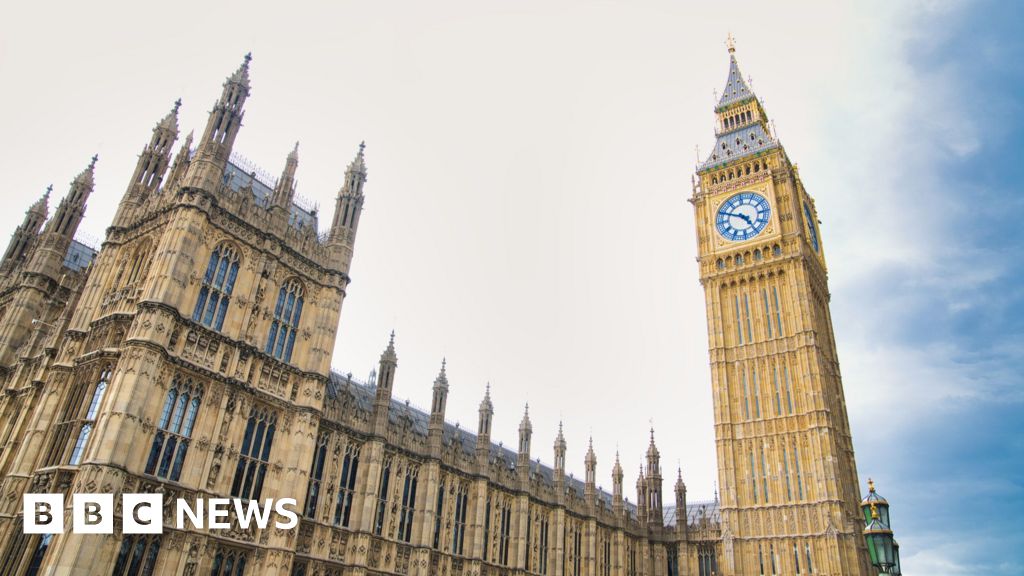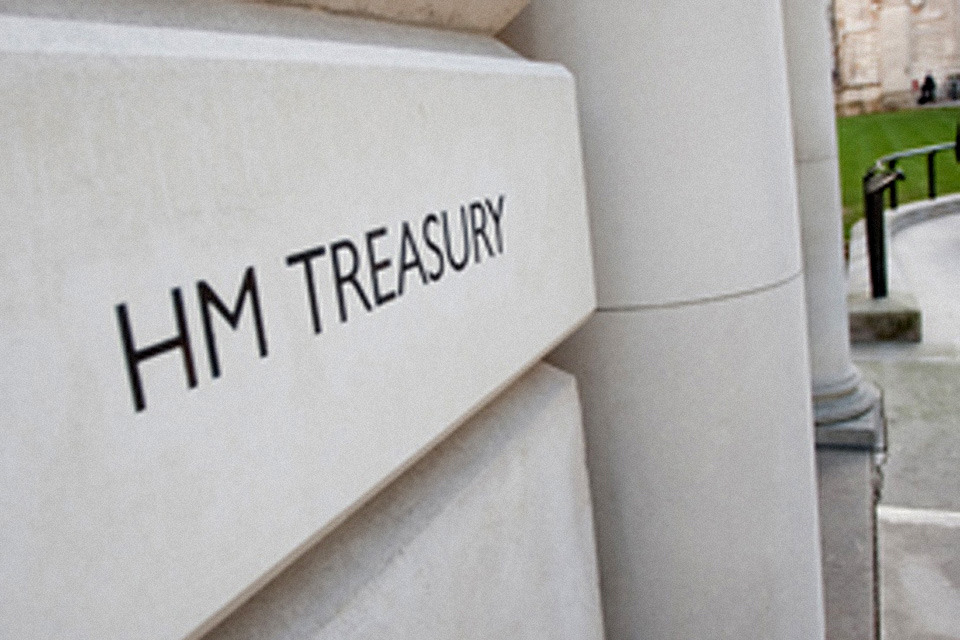UK Spending Review 2025: Expectations, Priorities, and Potential Impacts

Chancellor of the Exchequer Rachel Reeves is set to unveil the UK government's highly anticipated Spending Review, a critical policy announcement outlining departmental spending plans for the next three financial years for day-to-day expenditure and four years for capital investments. This review, described by some commentators as a defining moment for the current parliament, aims to navigate a complex economic and political landscape, with the government seeking to project stability and renew Britain amidst low growth, rising borrowing costs, and declining popularity since its election. The review is not a Budget or a full fiscal event, meaning no new tax changes or Office for Budget Responsibility (OBR) forecasts will be published at this time; those are reserved for the Autumn Budget.
The economic backdrop for this Spending Review is challenging. The UK faces sluggish economic growth, and government borrowing costs have risen, with yields on UK government bonds (gilts) increasing. The Chancellor has a very slim financial buffer to meet self-imposed fiscal rules, which dictate that day-to-day spending must be covered by tax revenues and that national debt as a proportion of GDP should be falling by the end of the parliament. The overall spending envelope, previously outlined, allows for an average real-terms increase of 1.2% per year for day-to-day spending and 1.3% for capital spending. This is considered one of the tightest spending settlements in recent times, outside the austerity period of the early 2010s. The government has already undertaken what it terms "fixing the foundations," including significant tax rises such as increased employers' National Insurance contributions.
Several key areas are slated to be major beneficiaries of the Spending Review. The National Health Service (NHS), which already accounts for approximately 40% of day-to-day government spending, is expected to receive a significant real-terms increase of 2.8% annually, amounting to an extra £30 billion in cash terms by 2028. Defence spending is also a priority, with plans to raise it from 2.3% of GDP to 2.5% by 2027, and an ambition to reach 3% in the next parliament. This represents a historically unusual increase in military expenditure. Furthermore, a substantial £39 billion investment in social and affordable housing over the next ten years has been announced, a move hailed as "transformative" by the National Housing Federation. The government also plans a £113 billion boost in capital funding over four years for major infrastructure projects. This includes investment in transport, particularly in the north of England, nuclear power (including £14.2 billion for Sizewell C), and carbon capture and storage projects like the Acorn Project in Aberdeenshire. Scotland will also see funding for a new supercomputer in Edinburgh (£750 million) and upgrades to the Royal Navy's nuclear submarine base on the Clyde (£250 million). Additionally, the government has committed to increasing state childcare support and has reversed its earlier decision to means-test the winter fuel allowance for most pensioners, a move costing an estimated £1.5 billion annually.
Despite these significant investments, the tight overall spending envelope and prioritization of health and defence mean that many other government departments will face a squeeze. Unprotected departments, potentially including justice, local government, higher education, and parts of the schools budget (which are expected to fund a portion of teacher pay rises from existing budgets), could see real-terms cuts or very tight settlements. This has led to concerns about the potential impact on public services, many of which have already endured years of austerity. There is an urgent need for public sector productivity improvements, particularly within the NHS, which has faced criticism for declining productivity despite increased spending. The government aims to make public services more efficient, potentially through greater use of technology.
The Spending Review carries specific implications for different regions of the UK. In Scotland, beyond the direct investments in HMNB Clyde, the Edinburgh supercomputer, and the Acorn Project, changes to UK-wide policies like the winter fuel allowance and childcare support will have a positive fiscal impact on Holyrood's budget, which is also affected by the Barnett formula applied to changes in English departmental spending. Scottish Finance Secretary Shona Robison is expected to outline how these changes will affect Scotland's spending plans. In Northern Ireland, an announcement is anticipated regarding the UK government's financial contribution to the redevelopment of Casement Park in Belfast. Stormont ministers are also hoping for a more generous "needs-based" top-up to their overall funding. For the North of England, particularly Yorkshire, the government emphasizes its commitment to "levelling up" through infrastructure investment and a rewrite of the Treasury's "Green Book" assessment criteria for projects, intended to better favour investments in regions outside the South East.
Businesses, particularly in the hospitality sector, are watching the Spending Review closely. Cafe owners, such as Rob Downham of The Steel Cauldron in Sheffield, have highlighted the immense pressure from rising costs (National Insurance, minimum wage) and reduced customer spending due to the cost of living crisis. They are hoping for measures such as a reduction in the 20% VAT rate for hospitality. More broadly, business leaders like Steve Hare, CEO of Sage, are looking for "certainty" and "confidence" from the government, including assurances against further tax rises, to encourage investment and growth.
While the Spending Review details spending allocations, it defers major decisions on taxation to the Autumn Budget. Economists and market analysts will be scrutinizing the plans for their sustainability, given the tight fiscal situation and rising borrowing costs. There is considerable speculation that the Chancellor may face a fiscal hole by autumn, making tax rises almost inevitable to maintain her fiscal rules. The bond markets will be particularly attentive to any signals regarding future fiscal policy. Politically, the Labour government hopes this Spending Review will serve as a reset, allowing them to demonstrate delivery on their priorities and provide their MPs with "a song to sing" regarding the government's agenda for national renewal. The stated aim is to move to "stage two: setting things out. Then, we hope for the delivery."
In conclusion, Chancellor Rachel Reeves's Spending Review represents a critical juncture, attempting to balance substantial investment in priority areas like health, defence, and housing against a constrained fiscal environment and the needs of other public services. It sets the financial course for government departments for the coming years, with significant implications for the UK economy, regional development, and the everyday lives of citizens, all while navigating a perilous economic and political landscape ahead of the next general election and the upcoming Autumn Budget.












